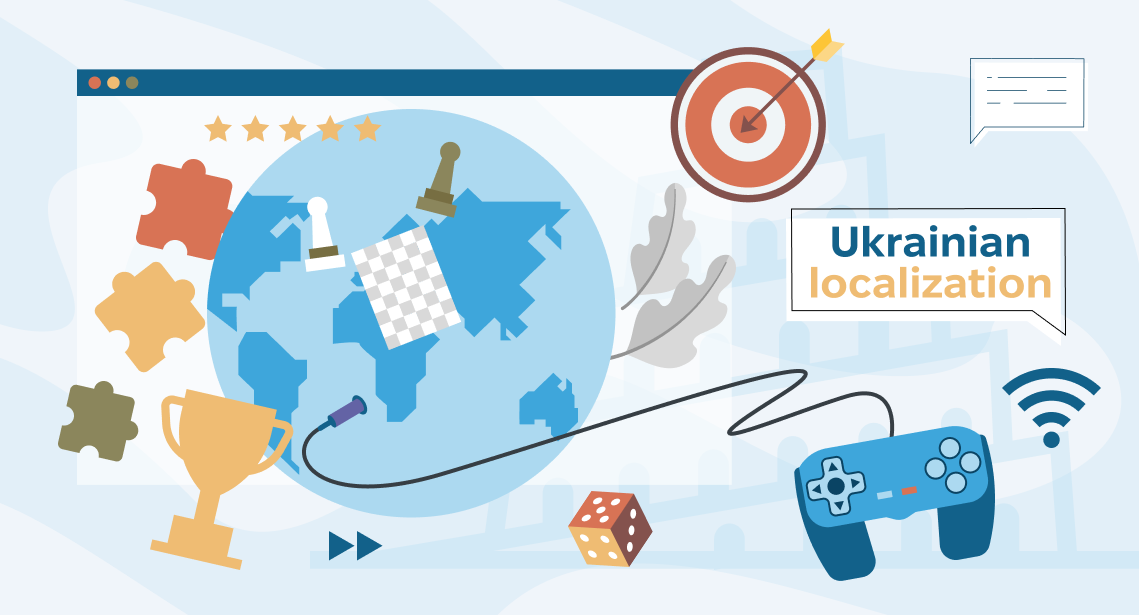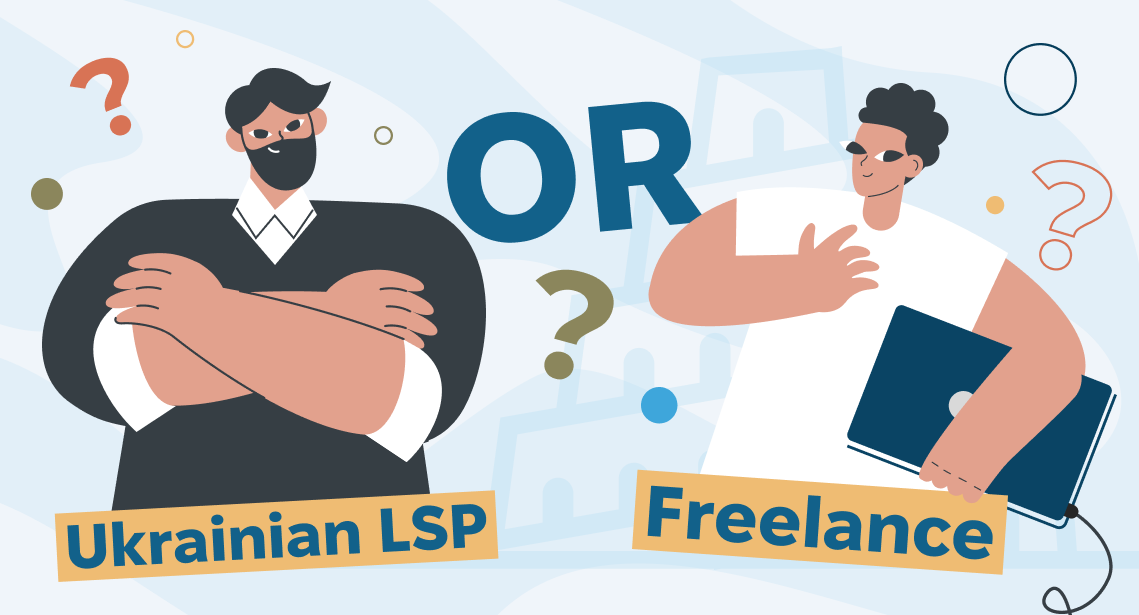How much will my translation cost?

When choosing, for example, a carton of orange juice in a store, you want to know how much it costs, and you can find this out by looking at the price tag. But when you ask an agency about the cost of a translation, you are unlikely to receive an immediate quote there and then: most likely, the agency will ask you questions to clarify certain issues.
Can’t the agency simply say that the cost of translating one page is X dollars? Or can’t it simply make the prices available on its website? What is the fundamental difference between a carton of orange juice and a translation service? Maybe the agency is just weighing up if it can charge more than normal.
Consider some of the causes of this phenomenon.
What exactly do you need?
There is a huge difference between a carton of juice and a translation.
First, the juice is the pre-made product that is waiting for a buyer. The carton of juice has already been produced: you can pick it up, read the carton, and sometimes even try it. But when an order is made for a translation, it does not yet exist.
Second, all cartons of juice of the same variety and from the same manufacturer cost the same and differ only in terms of their date of manufacture. But there are no identical translations. Every translation is a separate product, essentially hand-crafted.
Imagine if you will: your mobile phone has broken, and you call the service center to find out how much it will cost to repair it. They will answer as follows: first, we need to make a diagnosis and only then can we provide a quote.
It is the same with translations. Birdhouse assembly instructions and nuclear reactor operating instructions require completely different approaches and will be assessed in completely different ways. There are a lot of factors affecting the cost of a translation, and before taking on an order, the agency will naturally want to get all the details about the job.
Such as the subject and quality of the source text
The manager of the agency accepting an order needs to understand which translators are required to complete it, if the agency has these translators in-house, if it is necessary to use the services of freelancers, etc. The first thing the manager needs from the client is a sample of the text.
In turn, the translator who will work on the text must have expertise in the field. But there are no universal experts: some translators are experts in IT, others in cosmetics or finance. Some translators know the specialist terminology of a given topic but are not such dexterous writers, and vice versa.
It is not enough to simply say “A translation on a certain topic.” For example, many different kinds of texts can be referred to as “medical,” from a simple questionnaire for patients to a text replete with specialist terminology on cardiac surgery. A competent agency will not take on translations without first reading a sample.
In addition, the quality of the source text is not known. And what if it turns out to be written (or worse — translated from some third language using machine translation) by a person who does not know the subject or language well? If so, the work of the translator will be much more complicated.
File formats
Professional translation agencies use special programs in their work to ensure translation quality and the uniformity of terminology. This means that files sent by a client are converted to other formats that these programs recognize.
It is easy to process common file types. For example, agencies can easily work with Microsoft Word files (DOCX, DOC, or RTF), web pages (HTML), and PowerPoint presentations.
Processing scanned images of documents, PDF files, AutoCAD drawings, and XML files is more difficult. Extracting the text from these files, and following translation reconstructing the original format requires additional time, which implies a higher cost for the client.
In addition, some formats inevitably cause difficulties. For example, if you need to translate the interface of an app with lines that are exported to an Excel file, the translator will require additional reference materials to understand their context. The same line should be translated differently depending on its meaning — the name of a dialogue box, button, check box, or parameter value.
Other services
Services that accompany the actual translation also affect the price. When sending a file for translation, clients most often do not realize that the agency has to manipulate this file.
From a client’s point of view, translating, for example, a PDF file is just a translation and nothing more. While in the agency, this process is broken up into several stages:
- Extraction of the text from a PDF file into a format that the CAT program recognizes. In this case, it needs either saving to text format or optical character recognition (OCR) is required. In any case, the agency will also have to check whether the entire text has been extracted, whether the paragraphs are in the correct order, etc.
- Standard TEP process (translation, editing, proofreading, automatic checks). This stage is usually referred to as the translation.
- Insertion of the translated text in place of the original in the PDF file.
- Layout of the PDF file.
At each of these stages, many small but important accompanying tasks are carried out and difficulties may arise. If the PDF file has a complex structure and contains tables, figures, specific fonts, mathematical formulas, etc., the process is even more complicated.
The job of a translator is to translate a text from one language to another. Clients are not aware of all these other operations that the agency has to perform. But the people who perform these tasks must also be paid.
Quality
We looked into this topic in a separate article, and will not rehash it.
In general, quality is directly related to how much you pay, so you need to decide what level of quality you require. For example, a marketing text can directly affect sales, which means that it is advisable not to try to scrimp and save on such an important translation. If you need a translation for internal use and your readers will not mind a couple of missing commas, you can exclude the editing stage to reduce costs.
Repetitions
By analyzing a text received from a client with special programs, the agency can see if it has any repetitions. The presence of numerous repetitions in a big order significantly reduces the agency’s expenses, which means it can offer a lower price.
Time frames
Ideally, one translator and one editor should work on a text. This facilitates their work and simplifies project management: the manager does not have to distribute the text between translators, assign several jobs, etc.
But if the order is urgent, then to speed things up, the translation has to be divided and distributed among several translators. The higher the number of translators, the harder it is for the editor to achieve uniformity and the more work the manager has to do. This increases project management costs.
But many agencies publish price lists anyway!
Yes, there are translation agencies that publish their prices on their websites. This is possible for several reasons:
- They work mainly with standard documents (passports, certificates, etc.), which are fairly standard and costs in different projects do not differ. They don’t take on more complex projects.
- It could be a way to lure in clients, and then the sales manager will say: “ Your case is more complex, so it will cost more.”
- There is no one-size-fits-all approach. The same translators work on all texts at the same price, regardless of the client’s expectations. Simply put, the job is done at random and most often on a prepaid basis.
Conclusion
Translation is a service. Quality services are always priced individually.
If you do not have a standard order for which a translation company has already prepared a template translation, then it will not be able to determine its cost without first familiarizing itself with the text and consulting the client about their expectations. Counter questions and clarifications are normal: this is how proper agencies operate, and why they need to communicate with any potential client before they can provide a quote.




